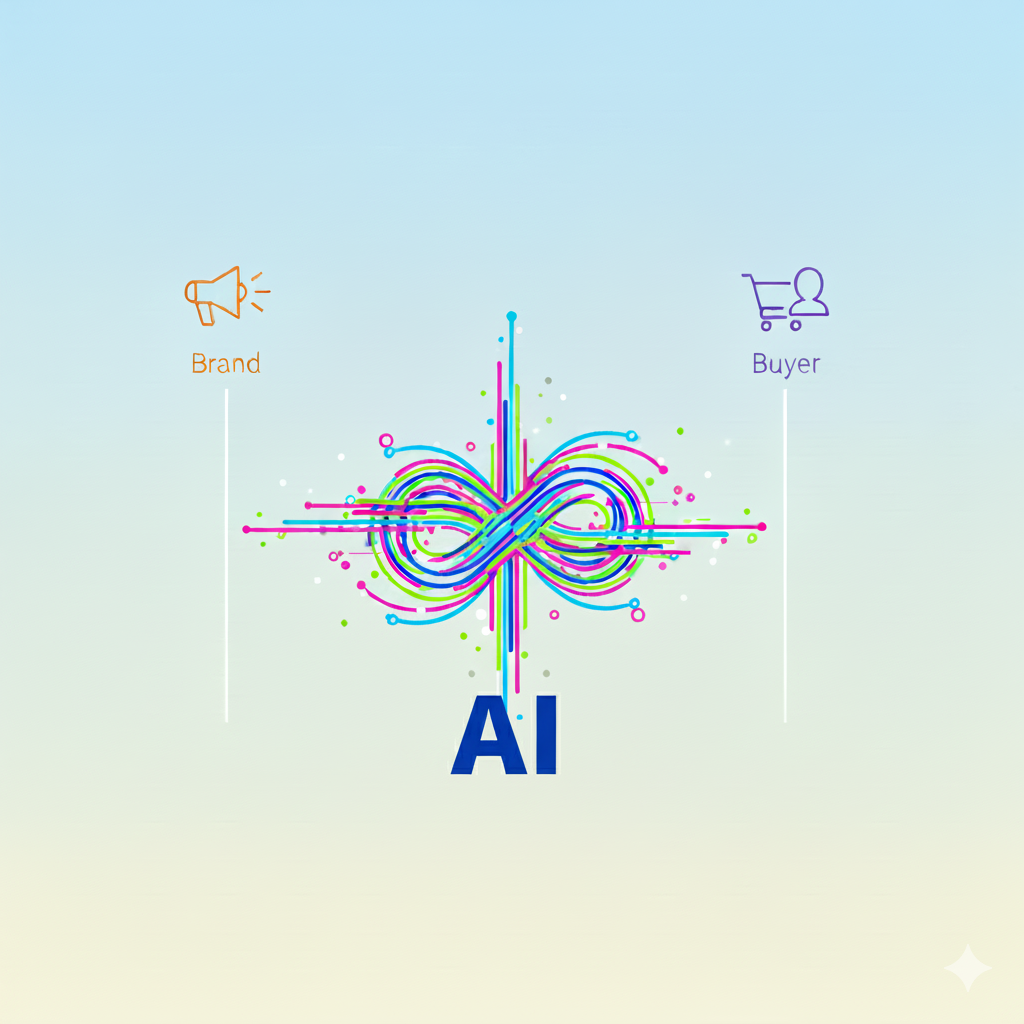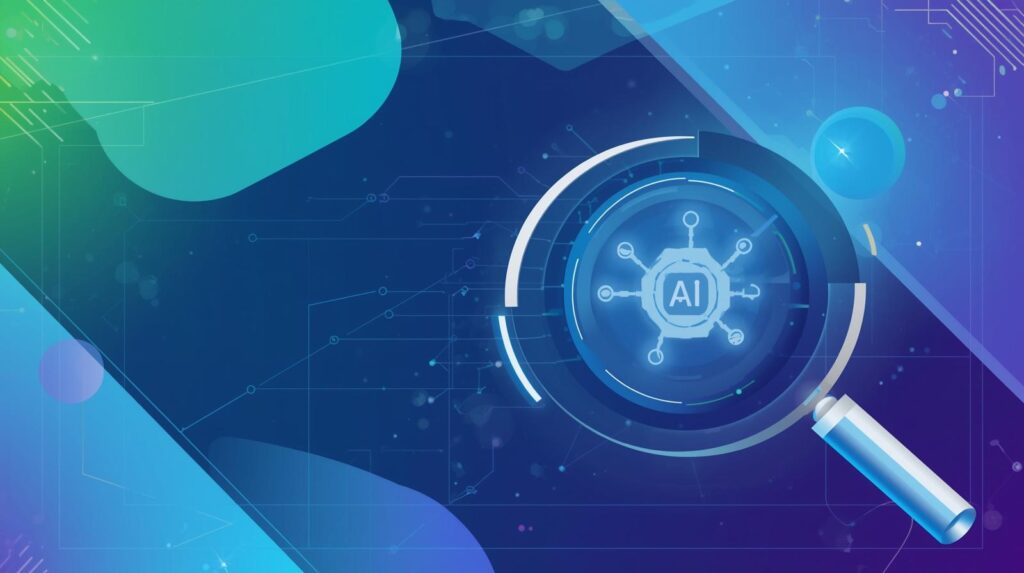From Execution to Intelligence: Strategic AI in Marketing Operations

Marketing Operations (MOPs) is entering a new era. The rapid growth of artificial intelligence is not just introducing new tools, but fundamentally changing how work is organized, prioritized, and executed. AI is reshaping expectations across the marketing function, from content creation to customer journey orchestration.
In this new environment, the value of MOPs is no longer measured by how efficiently campaigns are launched or how quickly reports are pulled. Instead, MOPs is evolving into a central orchestrator where we enable cross-functional alignment, guide stack decisions, and drive data-driven revenue programs.
This article explores how AI transforms MOPs, what capabilities exist within platforms like Marketo Engage, what’s to come, and how teams can adapt their processes and tech stacks to maximize impact.
From Task Execution to Strategic Enablement
For years, MOPs have been synonymous with tactical execution. Responsibilities like building campaigns, managing data pipelines, and maintaining systems often consumed the majority of team bandwidth. While essential, these tasks left little room for strategic planning or innovation.
AI introduces an opportunity to shift that dynamic.
Rather than being the team that “gets things out the door,” MOPs is positioned to become a strategic partner that designs scalable systems, enforces process discipline, and ensures marketing efforts align with revenue goals. AI allows operations teams to automate repetitive work and allocate more time to higher-order functions, including:
- Orchestrating end-to-end customer journeys
- Designing modular and agile MarTech architectures
- Embedding measurement and optimization into campaign planning
- Advising stakeholders on tech selection and stack integration
This shift is not theoretical. It is already underway as AI tools become embedded in daily workflows and expectations for operational agility continue to rise.
The Current State of AI in Marketo Engage
Adobe has made significant investments in operationalizing AI across its platform. In Marketo Engage specifically, AI is already supporting several core areas:
Generative Email Capabilities
The new Email Designer includes integrated AI tools that help craft compelling subject lines, engaging email copy, and generate on-brand images, all within a streamlined no-code interface built for speed and creativity. With Adobe Express now available for enterprise use, teams can push visual content creation even further while staying aligned with brand standards.
AI-Driven Dynamic Chat
Marketo Dynamic Chat now harnesses the power of generative AI to deliver intelligent, on-brand conversations that adapt in real-time to each visitor’s intent. With features like contextual Q&A, instant response generation, and continuous enhancements for deeper personalization, it’s transforming how businesses engage and qualify leads.
Interactive Webinars with AI Summaries
Marketo’s interactive webinar capabilities now feature AI-powered session recaps, automated chapter segmentation, and intelligent FAQ generation, all designed to streamline post-event engagement and fuel seamless content repurposing across channels.
Predictive Content
Marketo’s Predictive Content feature leverages machine-learning algorithms to dynamically present the most relevant assets to each visitor, based on real-time behavioral data and historical engagement patterns. This eliminates the need for static, rules-based targeting, allowing marketers to scale personalization effortlessly and optimize content performance across channels.
These features collectively set a new benchmark for speed, consistency, and intelligent marketing enablement.
What’s Coming Next: The Marketo AI Roadmap
Adobe Marketo Engage is expanding the role of Agentic AI in its product roadmap with a focus on interconnected capabilities. Key announcements include:
Journey Canvas with AI Agents
A visual journey builder that enables marketers to design flows through an intuitive canvas. AI agents will suggest optimization points and help construct journeys based on data-driven recommendations.
Image-to-HTML Conversion
Marketers can upload static wireframes of email layouts and instantly generate HTML code, removing the need for developers or template libraries.
Embedded Approval Workflows
Campaign approvals will be embedded directly within Marketo, removing the dependency on third-party tools and improving governance.
Brand Kits & Advanced Permissions
The email designer will soon support enterprise-grade permissions, modular design frameworks, and brand kit enforcement to ensure consistency at scale.
AI-Powered Content Repurposing
Webinar recordings will be automatically converted into blog posts and campaign-ready assets, drastically reducing time-to-market for content teams.
Adobe’s Vision for AI
While the focus here has been Marketo Engage, it’s worth noting that Agentic AI is part of a much larger shift across Adobe’s entire Experience Cloud. Announced at Adobe Summit 2025, Agentic AI is a transformative intelligence layer that introduces AI-powered agents designed to boost efficiency and decision-making across solutions like Adobe Journey Optimizer, Real-Time CDP, and, of course, Marketo Engage. Within Marketo, these agents are already beginning to streamline tasks like content generation, audience targeting, and journey orchestration. But the real power lies in how these capabilities work together across tools, helping teams move faster, stay aligned, and deliver more personalized customer experiences at scale.
From Concept to Execution: Where to Begin
You don’t need to overhaul everything to start. Focus on small, strategic moves:
- Identify repetitive tasks that consume valuable resources
- Pilot tools that improve campaign velocity or enhance lead data
- Align AI experiments with revenue goals, such as faster pipeline creation or conversion lift
- Build a roadmap that evolves from task-level automation to cross-system orchestration
AI in MOPs is not a future concept. It’s here and it’s a practical, scalable approach to improving agility, reducing inefficiencies, and delivering measurable impact.
For a deeper dive into how teams are approaching this shift, check out our webinar. In it, we discuss these concepts in detail and demo cool AI tools like Mary from allGood, the world’s first AI MOPs assistant.
Webinar link: https://youtu.be/BdpyzKs7WYE?si=sU21c-CDWaWguhDl





